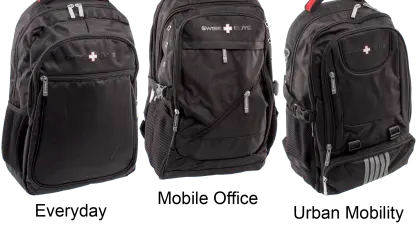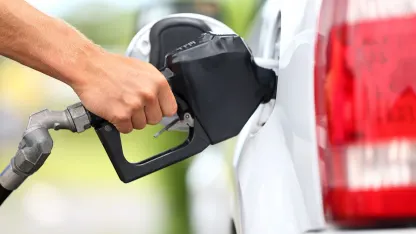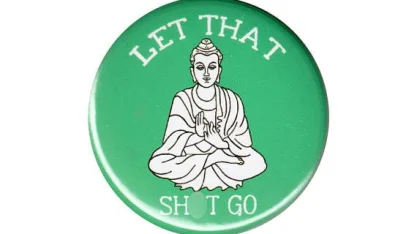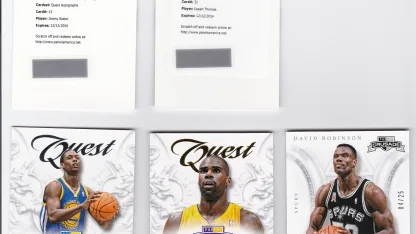Swiss Elite Backpacks











Our Take
- Three bags to choose from, all vaguely drafting off the reputation for quality goods of an entire country
- The lower-end option has the basics: shoulder straps and a zipper. The higher-end options have more compartments, storage space, and (in the case of the top-tier one) reflective striping for visibility during long Swiss nights
- If a country makes good chocolate, watches, and multi-function knives, it follows that their bags would be of similarly superlative quality
- Model: BBP.1039.61, BBP.1040.61, BBP.1041.61 (OoooOOooo, periods instead of hyphens. How brash. How bold. Why don’t more companies opt for this daring punctuation choice? Oh, because search engines treat each period-delimited section as its own word, rendering the model numbers worthless in that regard. Got it.)
Go Ahead: "Splurge"
As a cheapskate*, you don’t often choose the more expensive option. You order pasta because it’s $5 cheaper than the other entrees. You forgo taxis when public transportation is available. You look on with horror as your friend chooses premium gasoline at the pump.
The cheapest of these Swiss Elite backpacks is a fine option that provides the essentials: Two straps and a pouch. Your pasta-ordering instincts won’t serve you poorly if you opt for the lowest-priced product.
But … you don’t often have the chance to buy the highest-end option for only a few bucks more. The top-tier bag sports nifty reflective striping (if you are one of those pedestrians who values your life) and a few more organizational compartments. You must weigh your deep-seated aversion to buying higher-end goods against the excellent value proposition the more expensive bag provides. We obviously stand to benefit from you choosing the pricier pack so take what we’re saying with the appropriate number of salt grains, but we’re not totally bullshitting you.
Think of it this way: If you were deciding between a $200,000 house and a $200,008 house that had a couple features you preferred, you wouldn’t think twice about choosing the higher-priced one. That’s because the percentage difference between the two is relatively small compared to the percentage difference between a $16 and $24 bag, even though the absolute price difference is the same.
It’s a weird little quirk in human price preferences. Consider this scenario: You’re about to buy a 3-pack of underpants for $20 when you learn that a store across town is selling them for just $10. You’re a savvy shopper, so you hoof it over to the store selling them for 50% less. While at the other store you fall in love with a leather jacket they’re selling that costs $500. As you’re checking out you learn that the first store (with the pricey panties) is selling the same jacket for $490. You decide that discount (2%) isn’t worth the hike across town and stick with the $500 jacket.
Of course, the “cost” in both scenarios is the same: Traveling across town. But so is the benefit: Saving $10. For some reason we weigh percentage differences more than absolute price differences. In the case of these backpacks tour cheapskate brain may be screaming “The pricier one is 50% more!” But remember: That percentage is only so high because both prices are so low.
If what we’re saying sounds like a bunch of salesmanship snake oil, you can always hedge your bets and go with the middle-priced option. Somebody’s gotta buy that medium-grade gasoline.
*You wouldn’t be shopping here if you weren’t










